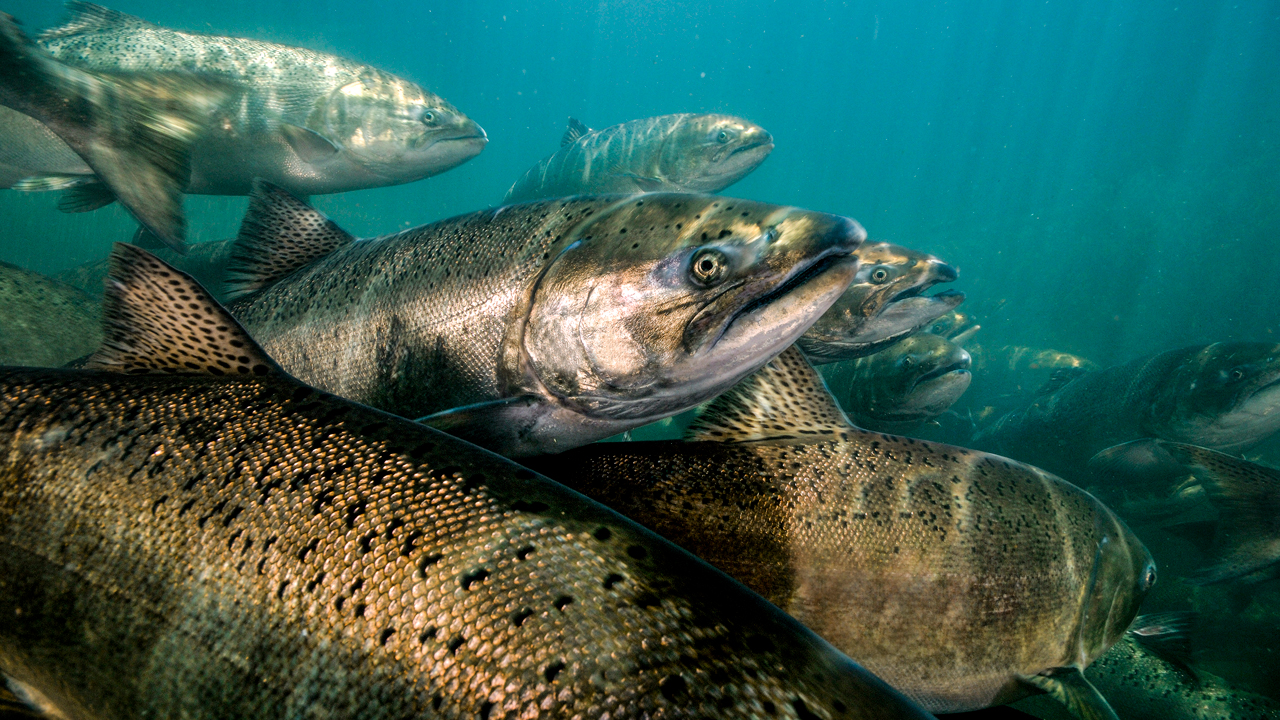(June 15, 2023 – SALEM, Ore.)—ODFW discussed the outlook and potential fishing regulations for 2023 in-river fall Chinook and coho fisheries along Oregon’s coast (from the Necanicum River to the Winchuck River) last night during a webinar.
Despite some improved forecasts for wild Chinook this year, fishery managers have ongoing concerns about coastal Chinook populations. This is due to a number of factors, including: multiple recent years of critically low returns in some basins, long-term declines in Chinook returns to some rivers, and region-wide trends that have resulted in Chinook fishing restrictions and closures in recent years from California to Alaska. New and rapid changes in the freshwater and ocean environment resulting in drought, heat domes, non-native predator expansions, wildfires, and marine heatwaves have also increased the risk of forecast inaccuracy and potential overharvest.
ODFW is now seeking feedback on potential regulations and asks interested people to fill out a survey no later than Friday, June 23. You can see the proposals, watch the webinar, find the survey and other information on the Coastal fall salmon management page.
Due to these concerns, ODFW is recommending reduced bag limits to ensure populations stay above critical abundance and avoid future closures. Each river will have its own bag limit meaning aggregate bag limits (one bag limit for multiple rivers in an area) would no longer be in effect for wild Chinook. Rivers within a stratum are not showing the same trends anymore, so a river-specific approach is more appropriate.
Note that South Coast rivers (Rogue, Hunter, Pistol, Chetco, Winchuck) are managed under the Rogue Fall Chinook Plan and under permanent regulations, except for Hunter Creek.
Some rivers present two different wild Chinook bag limits (Alternatives 1 and 2). Alternative 1 takes a consistent coastwide approach to setting reduced bag limits for each basin, in recognition of the recent factors impacting Chinook. Alternative 2 would allow additional harvest this fall in several rivers based on the forecast. However, the higher bag limit could increase the risk of impacting future fishing opportunities.
“These trends in environmental conditions and harvest rates call for more precautionary regulations in order to stay above Critical Abundance Thresholds and avoid future closures,” said Shaun Clements, ODFW Deputy Fish Division Administrator. “The CMP and Rogue Fall Chinook Plan allow for adaptive management and ODFW believes this more restrictive approach is necessary considering the long-term outlook for Chinook populations.”
Note the proposals are only for wild Chinook and coho. Hatchery fish can be retained per permanent regulations (except in the Coquille River).
Potential regulation changes in nearshore ocean waters adjacent to the Nehalem and Tillamook rivers, as well as proposed ocean terminal area fisheries for the Elk/Sixes and Chetco were also discussed (see details of proposal).
Finally, North Coast rivers (Necanicum, Nehalem, Tillamook, and Nestucca) would be closed to Chinook fishing in December for additional conservation, to preserve broodstock, and maintain regulation consistency. In addition, Lake Creek (tributary of Siuslaw) would be closed to all salmon angling.
Wild coho opportunities were also presented during the webinar. Coho are again a bright spot this year with fishery managers forecasting the third consecutive year of good returns in most basins, so more rivers would be open for wild coho harvest than last year (Siuslaw, Coquille and Floras/New added; Umpqua would be closed due to very low returns to South Umpqua).
The survey to collect feedback on proposals will be available until Friday, June 23, after which ODFW staff will review survey results. Fall salmon regulations are expected to be adopted and announced in early July.


